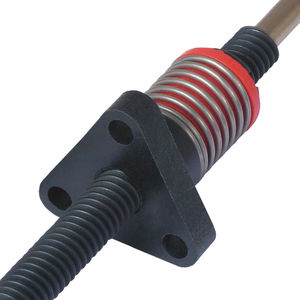- Joined
- Feb 9, 2017
- Messages
- 5,523
Very cool Doc. Do you have the ultimate test in mind yet? Like pressure knurling?
It's interesting to hear the different properties. Like you would think Delrin being stiffer/harder sounding would be better, but that is pure WAG.
It's interesting to hear the different properties. Like you would think Delrin being stiffer/harder sounding would be better, but that is pure WAG.

